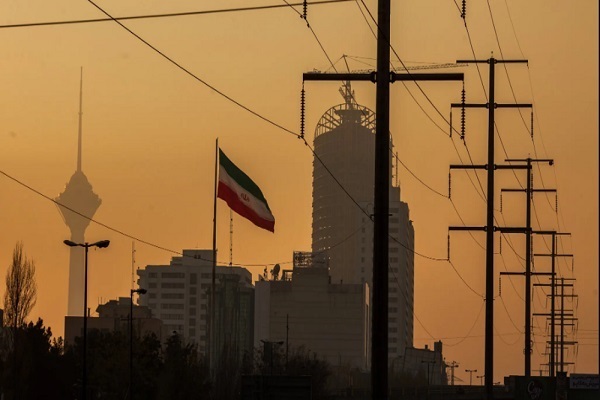
TABNAK, Jan 04: The energy sector which is seen as the driver of Iran's economic development is currently burdened by an imbalance in production and consumption which is not sustainable.
With abundant oil and gas reserves, Iran is an energy-rich country but it is also one of the most energy intensive countries of the world with per capita energy consumption 15 times that of Japan and 10 times that of European Union.
The energy consumption growth rate in Iran is twice the world average, where more than $120 billion is doled out in energy subsidies a year to protect consumers by keeping prices low, especially the lowest income decile of the population.
These subsidies, however, come at a substantial cost where despite the relative advantage of its energy economy, Iran remains prone to chronic disruptions in its energy supply chains due to high consumption by its domestic, commercial and industrial sectors.
Iranian refineries produce around 850 million cubic meters of sweet gas daily, but the country grapples with gas shortages every winter and summer.
Power outages are forcing many industrial units, including gas power plants, to switch to mazut, a low-quality, heavy oil which is highly polluting.
High consumption is one of the main reasons of energy imbalance in Iran. The country’s electricity consumption, ranging from 320 to 330 billion kilowatt-hours, places it among the top 12 nations. This consumption exceeds that of populous countries like Mexico, Indonesia, Italy, the UK, and Turkey.
Iran is also the world’s fourth-largest consumer of gas behind the United States, Russia and China, where it consumes 10 billion cubic meters more of gas than more than 30 European countries combined.
The distribution network is another problem area. Iran’s gas losses during production and transmission alone equal half of Turkey’s total gas consumption.
Years of economic sanctions have hampered the development of gas production capacity and power plants - some of which operate with 33% efficiency, and waste a significant portion of the received fuel during the conversion to electricity.
Furthermore, 13% of the country’s electricity is lost during the transmission and distribution stages.
These figures indicate the giant capacity of Iran’s energy sector, which is underperforming in the absence of sufficient maintenance and renovation.
Blessed with human resources with strong technical knowledge, Iran has the ability to fulfill this task on its own. This capability, as an opportunity for the development of the energy industry in Iran, can play a very important role in economic development and job creation in the country.
What is needed is to increase productivity and optimize production, reduce costs and increase the added value of the energy industry.
It is also very important to correct consumption patterns and enhance optimal use of energy resources where unsustainable energy consumption leads to air pollution, global warming, and environmental degradation.
According to studies, Iranians exhibit high energy consumption which is almost four times the average of the region, while the per capita energy consumption exceeds the world average as well.
The country specially needs to expand its renewables portfolio where natural gas currently accounts for 81% of Iran’s total electricity production.
By modifying the consumption pattern and increasing the use of renewable energy, Iran can reduce its dependence on fossil energy sources and enhance its resistance to chronic supply disruptions.
Indeed, Iran is capable of increasing the ability and efficiency of production in various industries, which can lead to an increase in production and improvement of the country's economic performance.
This includes improving technologies, optimizing processes, increasing product quality, and boosting labor productivity.
The issue of sustainable access of industries to energy refers to the provision of sufficient and sustainable energy sources for production and industrial activities. It requires using renewable energy sources, improving energy efficiency, reducing energy consumption and controlling environmental pollution.
With sustainable access to energy, industries can simultaneously contribute to economic growth and environmental protection and lead to sustainable development and resilience to economic challenges.